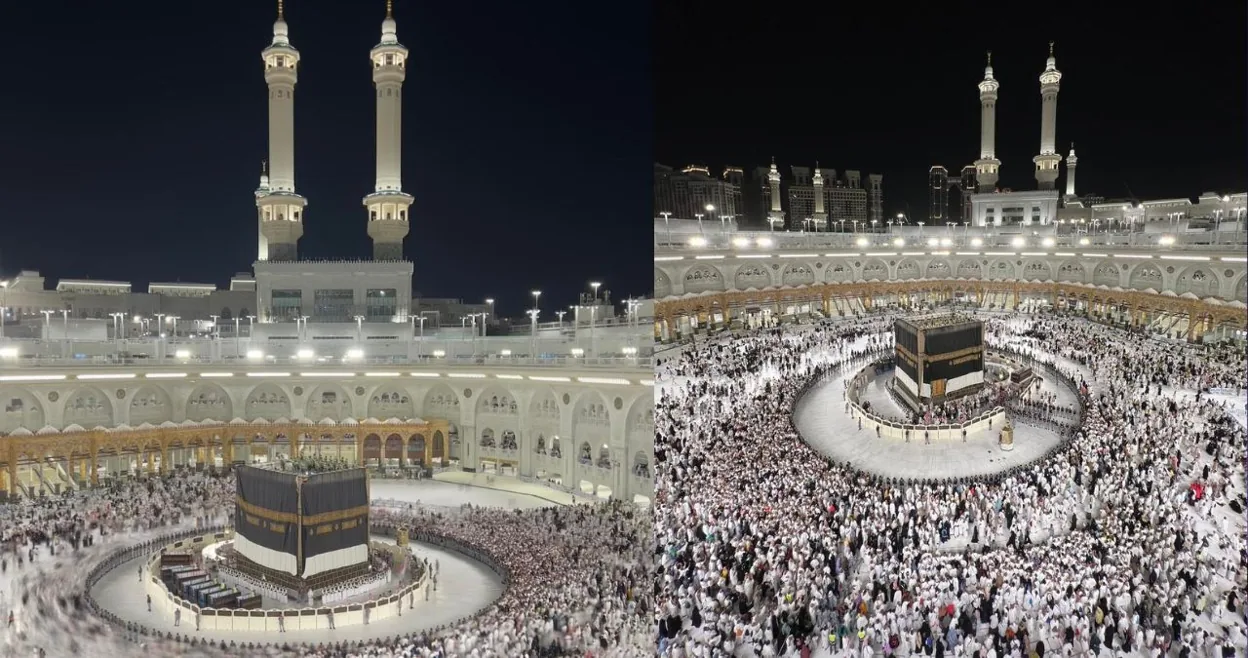The Islamic calendar year 1447 AH began with one of the most revered religious rituals in the Muslim world: the annual replacement of the Kiswa, the black cloth that envelops the Holy Kaaba in Makkah.
The General Presidency for the Affairs of the Grand Mosque and the Prophet’s Mosque led the ceremonial replacement, an event that merges deep religious significance with remarkable craftsmanship. Starting with the removal of the ornately embroidered curtain from the door of the Kaaba, the process unfolded with care and precision in the early hours of Thursday.
154 Saudi specialists, trained in both traditional textile production and Islamic design, executed the intricate task. Every year, they remove the previous Kiswa, lift it delicately, and align the newly prepared cover on all four sides of the Kaaba.
This year’s Kiswa is a feat of sacred textile engineering. Weighing over 1.4 tons, it includes 47 panels of jet-black silk, each embroidered with Quranic verses stitched from gold-plated and pure silver threads. The design was completed using eight precision weaving machines at the King Abdulaziz Complex, the facility solely responsible for this production.
The material breakdown is equally impressive: 825 kg of silk, 120 kg of gold-plated silver, 60 kg of pure silver, and 410 kg of cotton were used in its production. Furthermore, 54 handcrafted gold accessories were added, enhancing the Kiswa’s spiritual and aesthetic appeal.
Beyond its physical composition, the Kiswa holds immense symbolic value. It is not only a cover but a manifestation of Islamic unity, craftsmanship, and continuity—renewed every Islamic New Year in a tradition that dates back centuries. The ritual serves as a moment of reflection for Muslims around the globe, reaffirming the sacredness of the Kaaba as the spiritual center of Islam.
